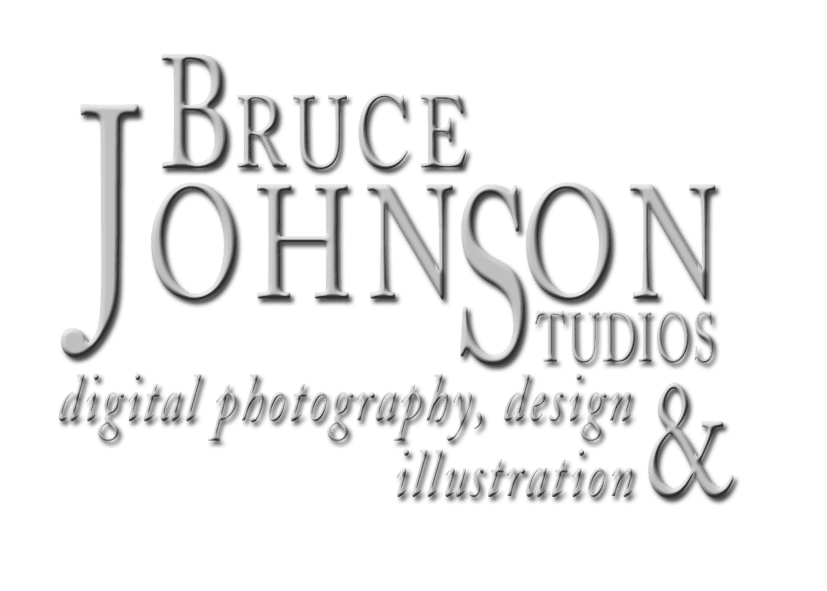Guidelines for Food Photography
In the world of marketing and advertising, the line between ethical practices and deceptive schemes is often blurred. While some advertisements are clearly meant to inform or educate consumers about a product (as opposed to persuading them to buy it), others are more ambiguous. What’s not ambiguous, however, is that many companies have run afoul of government regulators for failing to honor their commitment to truth in advertising. Any business in which products or services are promoted to potential customers must take care to avoid breaking laws regarding false representations, misrepresentation of facts, or false implications about competitors. To that end, here we explore the truth in advertising law and how it affects the industry so you can make informed decisions before launching your marketing campaign.
What Constitutes False Advertising?
The Federal Trade Commission (FTC) is the government agency responsible for upholding the truth in advertising law. To determine whether an advertisement is false, the FTC examines the following criteria: – The Representation of Facts – This criterion refers to the verifiability of the information presented in the advertisement. For example, if the advertisement claims a product has a certain capacity or uses a specific technology, those facts must be verifiable. In addition, the source of the facts or data must be disclosed. – The Implication of Facts – The FTC also examines whether the advertisement implies certain facts that may not be true. For example, an advertisement may suggest a product is endorsed by a reputable source when it is not. Or an advertisement may imply a product is made in the U.S. when it is actually made in a foreign country. – The Use of Exaggeration – Finally, the FTC looks at whether the advertisement uses exaggeration to make the product appear better than it actually is. – The Representation of Price – The FTC also examines whether the advertisement represents the price of a product accurately. – The Use of Objective Testing – Finally, the FTC looks at whether the advertisement uses objective testing or research to represent the product accurately, or if it uses subjective praise or reviews.
The FTC’s Rule Against False Advertising
The Federal Trade Commission’s rule against false advertising prohibits deceptive or misleading advertising in any medium, including print, radio, television, and the internet. The rule also applies to advertisements in any written form, such as product packaging, websites, or email. The FTC has the authority to order corrective action or impose penalties on individuals or businesses that violate the rule. The FTC’s regulation of false advertising is rooted in Section 5 of the Federal Trade Commission Act, which prohibits “unfair or deceptive acts or practices in or affecting commerce.” In order to determine whether an advertisement is false, the FTC examines the criteria listed above.
How the Law Affects Food Photography and Advertising
Food advertising is a tricky business. It can be difficult to achieve the perfect balance between showcasing the food and the product, while also achieving an attractive photograph. When food is the product being advertised, photographers must be careful to properly light and style the food so that it looks as delicious as possible. They must also be sure to use the appropriate props to minimize any risk of misrepresentation. In some cases, an advertisement may imply a food product is unsafe to eat when it is not, or it may imply that the food product contains a certain ingredient or is made with a specific process when it does not. The Food and Drug Administration has strict guidelines for the photography of food, and it even has a guide and suggested practices for food photographers.
Requirements for Photographers and Agencies
If you are working on a food photography shoot or another advertisement for a food product, you will need to adhere to the following requirements:
Most food photographers and agencies, including those working on television commercials, print ads, and other media have some guidelines for food photography. Many of these rules are designed to help photographers avoid the risks of misrepresentation. They are not intended as a complete set of guidelines for all photographers or agencies using food photography. However, these guidelines can help you avoid some of the most common problems with food photography and advertising.
Food Photography Guidelines:
No-Use Policy: To avoid misleading consumers or misleading advertisers, you mustn’t use any type of food product in any media unless it is specifically approved by the Food and Drug Administration (FDA). The FDA has strict standards that define what constitutes an approved food product. It also categorizes foods according to their chemical composition (such as fat or water), their nutritional content (such as vitamins), and their nutritional value (such as fiber), and, you must make every effort to ensure it is not misleading. This includes making sure the food is properly styled, the appropriate props are used, and the lighting is set up correctly. The days of using mashed potatoes as ice cream are long over. You must use the actual food being advertised. In addition, you must be careful when retouching images to avoid misrepresentation. If images are heavily retouched or edited, the advertisement should be accompanied by a disclaimer that indicates the images have been modified. It is essential that the agency has a thorough understanding of the truth in advertising law and can advise you of ways to avoid breaking the law. This includes knowing which claims you can make and what types of evidence you can use to substantiate those claims.
Penalties for violating the TAL
The penalties for violating the truth in advertising law can be severe. If your advertisement is found to be misleading, you could face civil or criminal penalties. Depending on the severity of the violation, the FTC may issue a warning letter urging you to either discontinue the advertisement or make necessary changes. In more extreme cases, the FTC may seek an injunction against your company, publish a corrective advertising campaign that corrects the misleading advertisement or refer the case to the Department of Justice for prosecution.
Summary
As a marketing professional, it is important to understand the truth in advertising law and the government’s role in regulating false advertising. To comply with the FTC’s rule against false advertising, you must be sure to avoid misrepresenting facts, using exaggeration and making any claims that cannot be verified. If you want to ensure your next advertising campaign is lawful, it is important to hire a reputable agency that understands the FTC’s regulation of false advertising.


